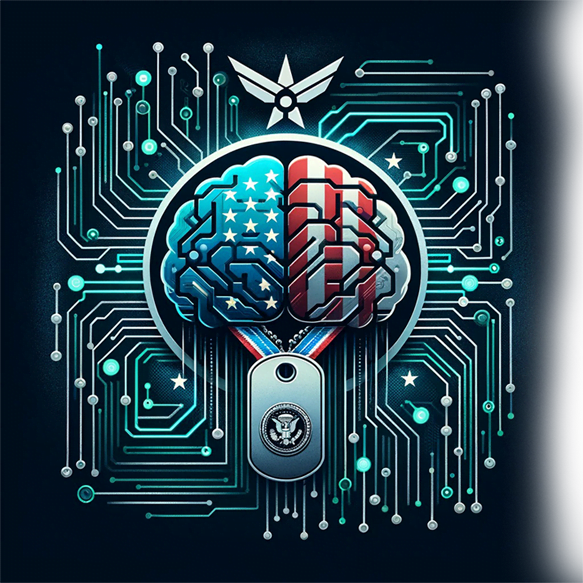
Microservices Architecture Visibility for Security
Why is Microservice architecture critical for visibility into security?
What are the existing security threats of the microservice architecture?
1. Distributed nature of microservices
Service-Disabled Veteran-Owned Small Business (SDVOSB)
Small Disadvantaged Business (SDB)
Small Disadvantaged Business leads to enhanced innovation and creativity, as these businesses often offer unique perspectives and solutions shaped by their diverse backgrounds. Moreover, partnering with Small Disadvantaged Business can provide access to specialized skills and capabilities that might otherwise be overlooked, contributing to improved competitiveness and efficiency.

Transforming for Innovation, Sustainability and Security
Transforming for Innovation and Sustainability securing future competitive advantage
2. Administration, access control, and data management
3. The continuous application modifications
4. Isolation
How does the microservices architecture overcome security hurdles?
1. Security portals can be easily implemented
2. Ability to deploy security patches instantly
3. Arrangement of uncomplicated codebases
4. Ability to integrate each service with Tokenization
Generative AI Software Integration
What clients say about Cloud Computing Technologies






Experience and Agile Expertise
Frequently Asked Questions
CloudComputingTechnologies.AI offers expert consultation and tailored solutions to enhance microservices architecture visibility specifically for security purposes. Our seasoned professionals are equipped to implement cutting-edge tools and strategies to safeguard your microservices infrastructure efficiently.
To explore how CloudComputingTechnologies.AI can help in enhancing your microservices architecture for improved security visibility, please call us at (800) 804-9726 or fill out our contact form. We are here to assist you in building a secure, scalable, and robust microservices environment.








